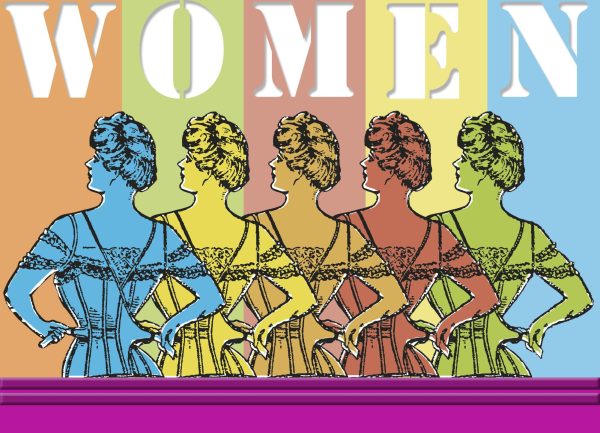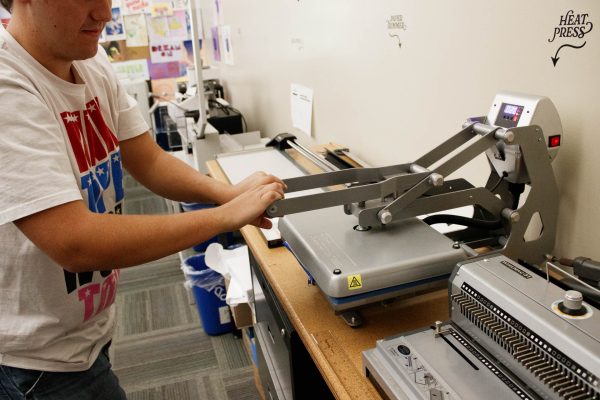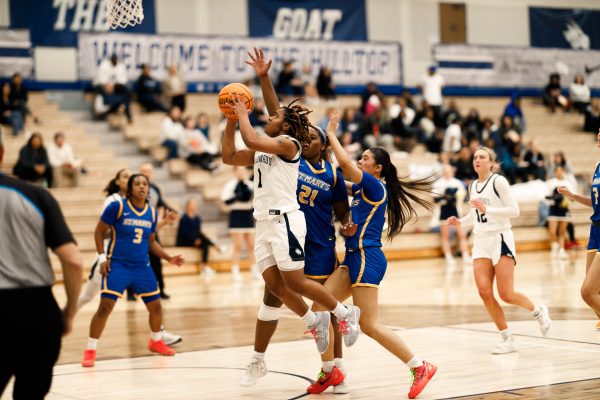Teri Varner VP
Does it really matter if your professor is the same racial or ethnic background as you? The answer will probably depend upon the student you ask. For me, absolutely! When I was an undergraduate student at Eastern Michigan University, I knew most if not all the black faculty on campus. The racial identity of my instructors mattered.
Although EMU is more than three times the size of St. Edward’s University, research confirms that in many students tend to gravitate toward faculty members who look like them or of the same race or ethnicity in search of empathy for common cultural experiences and mentoring, according to a study conducted by two black professors, Kimberly A. Griffin and Richard J. Reddick.
Faculty diversity is an issue at most academic institutions and it has been this way since the unification of black and white schools.
The Brown v. Board of Education of Topeka (1954) was a landmark United States Supreme Court case in which the Court introduced state laws establishing separate public schools for black and white students to be unconstitutional. Nearly 62 years later, the politics of education persists. There’s not a public or private university in this country that would say that they’re content with where they are on minority faculty hiring. The question that persists is, why?
It is true the expectations of faculty outside of the classroom are enormous. However a “diverse” faculty member probably has triple the amount of extra obligations than a faculty member who is white and male.
In “Sista Docta: Performance as Critique of the Academy,” Dr. Joni L. Jones provides a harrowing account of the demands placed on a young black female professor working toward tenure at a large research university. Women of color are few and far between in senior positions in academia. Feelings of isolation and tokenism and issues relating to mentoring and teaching load, professional development, service responsibilities and committee work for faculty of color in the academic world is tremendous— often to the detriment of research and publication that would lead to their own advancement in rank and power.
Numerous scholars, have examined the hardships and inequities encountered by African American women who work in historically white universities. Other scholars have investigated the political and social structure of predominantly white institutions (PWIs) and offered recommendations for cultivating more inclusive academic cultures for faculty of color in general. African American females, in their pursuit of tenure and promotion at PWIs, are faced with arduous external and internal challenges that can be overcome through a resilience to succeed.
Despite the expansion of the overall population of the US professoriate, the growth of African American and other faculty of color remains sluggish—particularly at the rank of full professor. Academia has traditionally been a predominately white male dominated profession. While I do not speak for the other “sista doctas” here at St. Edward’s, I can the daunting challenges faced by academic women of color as we navigate the often hostile terrain of higher education, including hiring, promotion, tenure, and relations with students, colleagues, and administrators is real.
It is especially exhausting without allies. By allies, I specifically mean, those who faculty members that are willing to speak up and take action on behalf of their “diverse” colleagues. These allies need to apply what Dr. Omi Osun in her lecture, “6 Rules for Allies (2010)” rule #2:
Be loud and crazy so black folks don’t have to be. Speak out. Speak up. If you are male – you be the one that to tell your department chair that the women’s salaries in your department must be brought in line with the men’s salaries. If you are white, you be the one to advocate for the qualified graduate student of color applicant over the qualified white graduate student applicant.
To provide this support, higher education leaders must remain cognizant of the negative socialization experiences that are faced by women and faculty of color. I do believe that St. Edward’s is making a concentrated effort to have a diverse faculty population. I also want to encourage the students to seek out faculty members that are allies until more diverse faculty members are hired.











